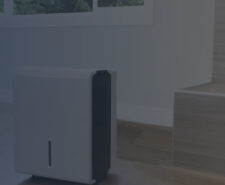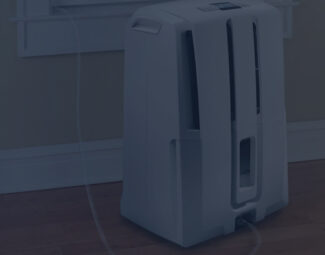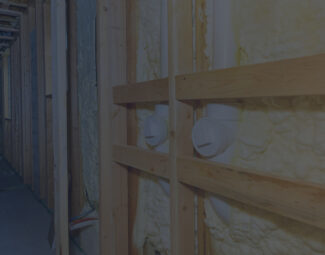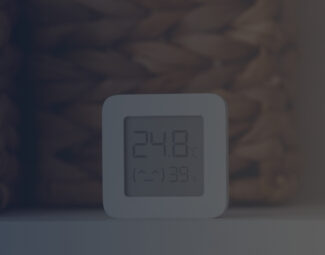W hether your indoor excess moisture issues are bound to a single room or area, or the whole house is affected, what you need to reduce humidity and keep it at a level that is healthy is a dehumidifier. However, while there are functions and features to look into with these products as with all products, the first and foremost element to take into account is proper sizing.
Not an issue to be taken lightly, you must make sure that the dehumidification system you choose can actually provide a powerful enough moisture-wicking performance for the space coverage you intend for it as, otherwise, dampness won’t be fixed and mold will inevitably develop and take a toll on your health. In the following, we will provide you with the information you need to make the right decision from the get-go and spend your money on a system tailored to your dehumidification demands, so stick with us until the end if you want to make an informed purchase.
The Main Factors that Influence Dehumidifier Sizing
Beware: Sizing, when used in reference to a dehumidifier, does not refer to the actual physical size of the machine (amount of space it occupies) but rather to its ability to pick up moisture from the air when used in specific-size areas.
While sizing in reference to the machine’s capacity to wick moisture and cover specific areas doesn’t refer to its footprint, it does influence size as dehumidifiers that remove a higher amount of moisture per day do indeed tend to take up a bit more space than their lower-capacity competitors. Nonetheless, moving on to the issue at hand, when it comes sizing the machine, there are three main factors that influence the process, and these include the size of the space or room you will utilize the dehumidifier in, the humidity threshold in that area, and the environmental temperature.
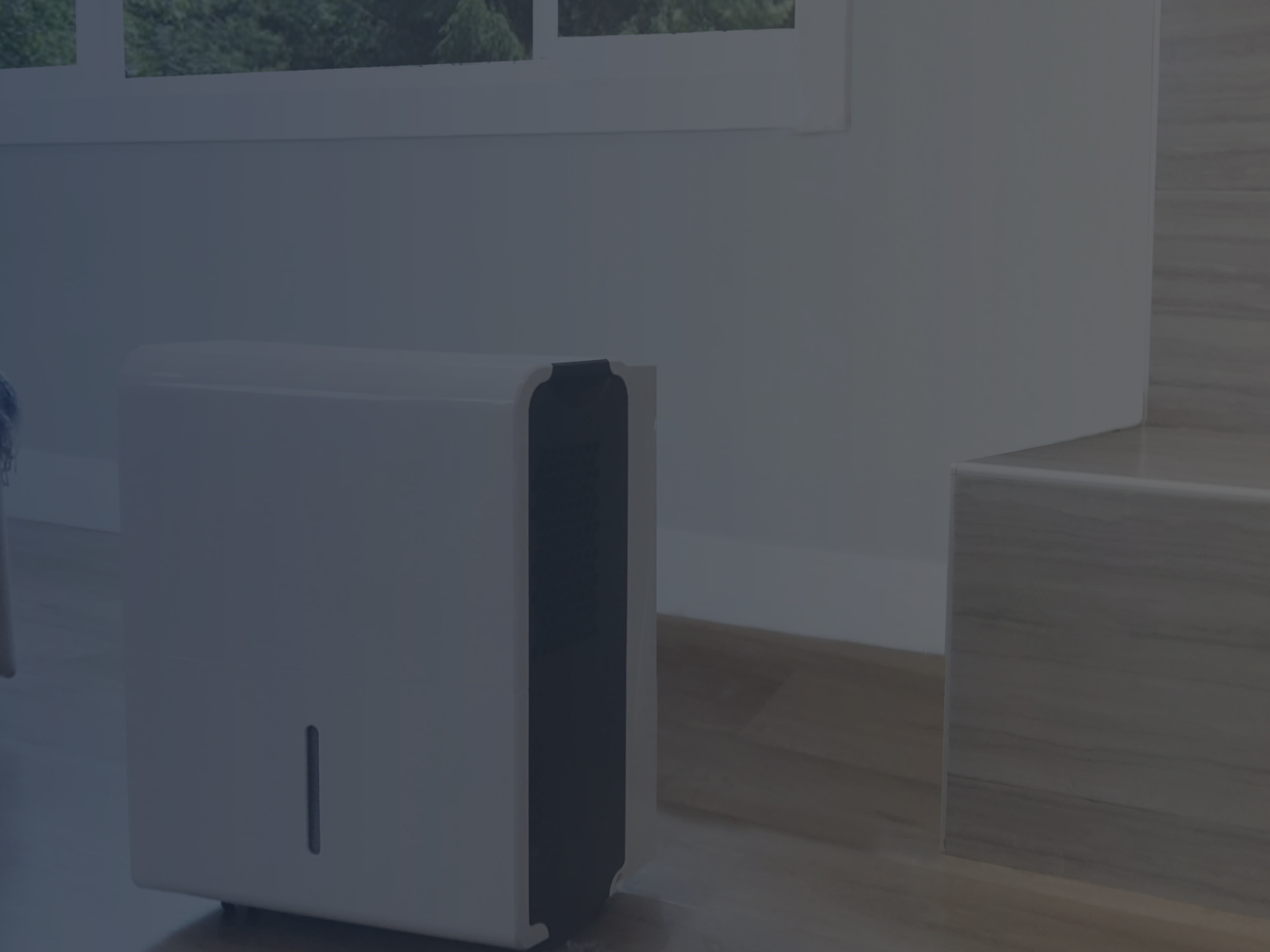
Dehumidifier in Large Room
Factor #1 – The Size of the Space You Will Use It In
In case you don’t know for sure how large the room is, utilize a measuring tape to establish the length and width of the floor, and multiply the measurements to learn the square footage of that space. Evidently, in case you plan on using it to reduce moistness throughout the house, you must first calculate to learn the square footage for the whole building.
There are systems that are specifically designed for use in certain areas, rooms, or spaces, including basement dehumidifiers and crawlspace dehumidifiers, so if you intend to use the machine in one of these below-grade levels of the house, make sure to look into specialty systems as they generally exceed 2,500 sq. ft. when it comes to space coverage and comply with the much more pretentious expectations related to moisture levels.
See also the best commercial dehumidifiers in case you are looking for an industrial-grade system suited for commercial purposes rather than a residential-use dehumidification machine as their space coverage is much larger and can comply with the heavy-duty needs.
Factor #2 – The Regular Humidity Level In That Area
The most accurate method to acknowledge RH level is to use a monitor, but if you don’t have one, you can make an estimation of dampness severity based on a few visual and olfactory indicators, as follows:
- Moderately damp: When the weather is damp, a musty odor inclines to develop in the room. The air might feel damp as well.
- Very damp: Damp spots might appear on the walls or floor, and the air has a more obvious musty odor.
- Wet: The air feels and smells damp at all times. Moreover, moisture might seep in corners, and water beading can be spotted on the walls and floor.
- Extremely wet: Easiest to recognize as there will be standing water on the floor.
Check out the best indoor hygrometers if you seek accurate data regarding indoor RH levels at any given moment. Aside from helping you pick the right dehumidification system, the hygrometer lets you keep an eye on moisture levels even after you install the machine to make sure its humidistat displays values properly and that you are not ever again put at risk of having potential mold development issues indoors.
Factor #3 – The Regular Temperature In That Area
It might surprise you, but the temperature does factor in when it comes to your decision regarding what dehumidifier to pick as, depending on how the dehumidifier works and what technologies it uses, it may be better suited for specific conditions.
There are two main types to pick from when it comes to their operational manner – desiccant and refrigerant dehumidifiers.
- Desiccant systems: Although these dehumidification machines are generally smaller in terms of capacity compared to refrigerant units, they do thrive better in low-temperature environments where levels can fall well below 65°F or 18°C.
- Refrigerant systems: The reason why these machines are not recommended for use in cold spaces is that frost can build on the evaporator coils. However, newer models are fitted with special functions that tend to the removal of icing formation so that the machines can run even in temperatures considerably lower than 65°F, so if you need wide-space coverage yet temperatures are low, it’s not impossible to find a refrigerant unit for the job. Nonetheless, optimally, these systems are suited for hot environments where humidity is as high as it gets.
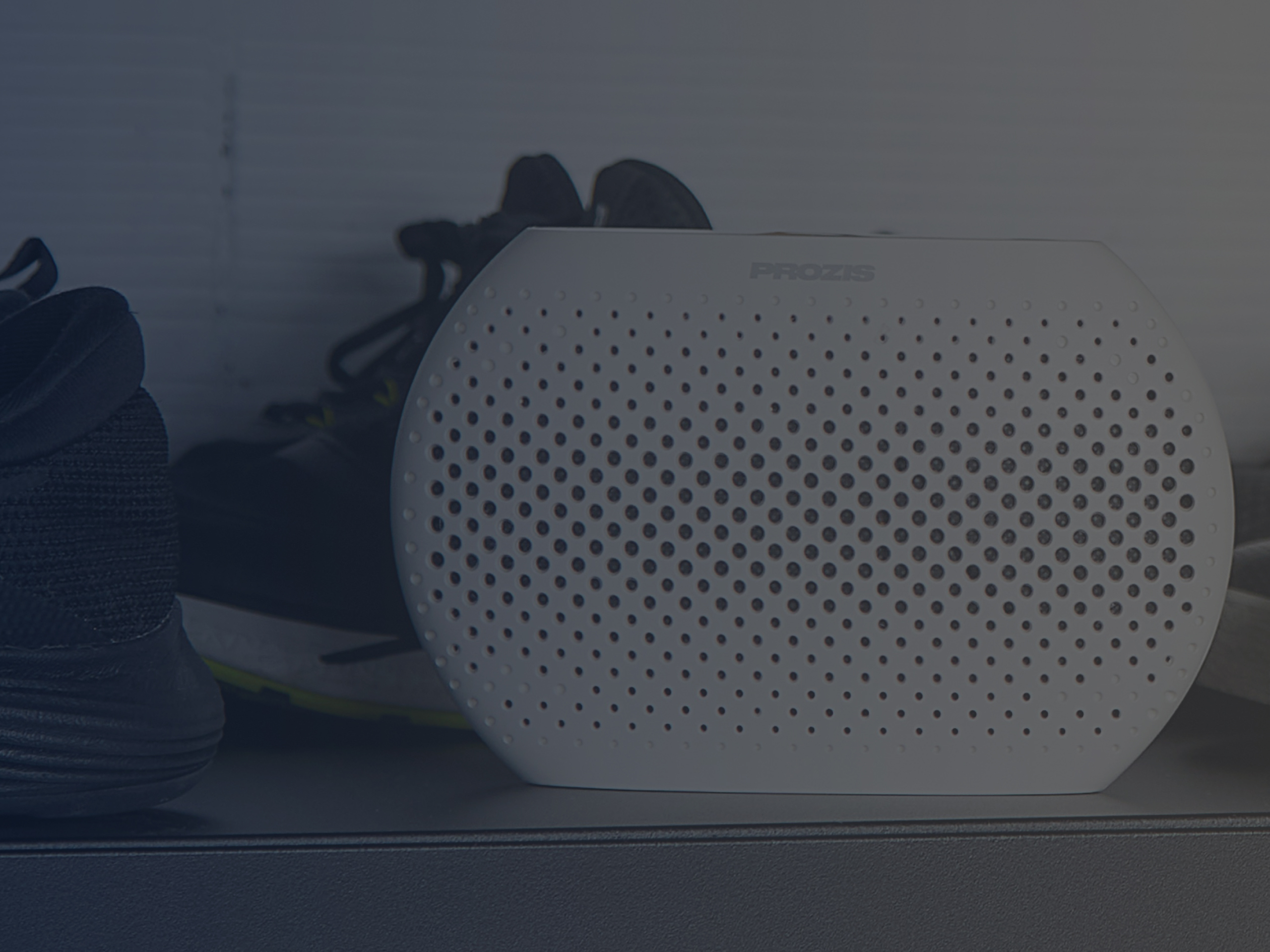
Small Capacity Dehumidifier in Closet
Additional Considerations when Buying a Dehumidifier
- People and pets can increase dampness levels indoors through sweating, breathing, panting, and so on. For this reason, it is advised that for every 4-5 people or pets you add another 5 pints of moistness to the final calculations.
- Plants need to be watered, and they can participate in moisture level increase as well. If the room in which you want to use the unit has plants in abundance, make sure that you take this aspect into account as well and add a few pints.
- When you select a dehumidifier for the bathroom, add 5-10 pints more than you would for a similarly-sized regular room as here you run hot baths, wash your hands, flush the toilet, all actions that inevitably surge RH levels.
General Dehumidifier Capacity Sizing Recommendation Chart
This is the AHAM guide to estimate dehumidifier capacity according to room size and pre-existing moisture conditions. The following matrix supplies you with an estimation to have an easier time picking the right system for your specific situation. Here it goes:
Dampness Conditions |
500 sq. ft. Area |
1,000 sq. ft. Area |
1,500 sq. ft. Area |
2,000 sq. ft. Area |
2,500 sq. ft. Area |
|---|---|---|---|---|---|
Moderately damp
|
10 PPD |
14 PPD |
18 PPD |
22 PPD |
26 PPD |
Very damp
|
12 PPD |
17 PPD |
22 PPD |
27 PPD |
32 PPD |
Wet
|
14 PPD |
20 PPD |
26 PPD |
32 PPD |
38 PPD |
Extremely wet
|
16 PPD |
23 PPD |
30 PPD |
37 PPD |
44 PPD |
Conclusion
Final tip: Always go for a higher-rated capacity to save on energy costs. Upfront, it might be a bit costlier, but with time, it pays off as the machine won’t work as much to upkeep proper humidity levels indoors.
With this final suggestion, we reach the end of our article as you now have all the info you need to use as guidance, and make sure the dehumidifier you acquire won’t underperform. Remember to never use a smaller-capacity system as it will draw more power to try and reach the conditions you seek for it to sustain, and all the effort might be in vain either way as its design might not ever permit it to provide the performance you expect. Basically, either go for a same- or larger-capacity system, and excess moisture won’t be an issue of concern anymore, mold formation not being possible as a result so that you are ensured a safe, healthy habitat.

